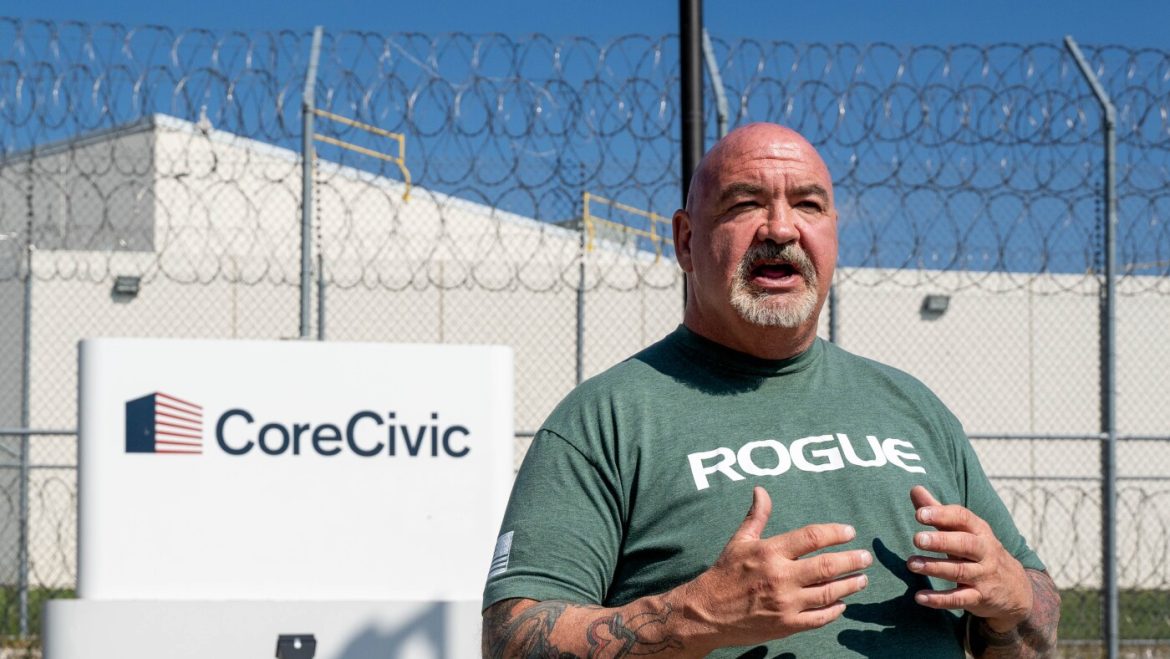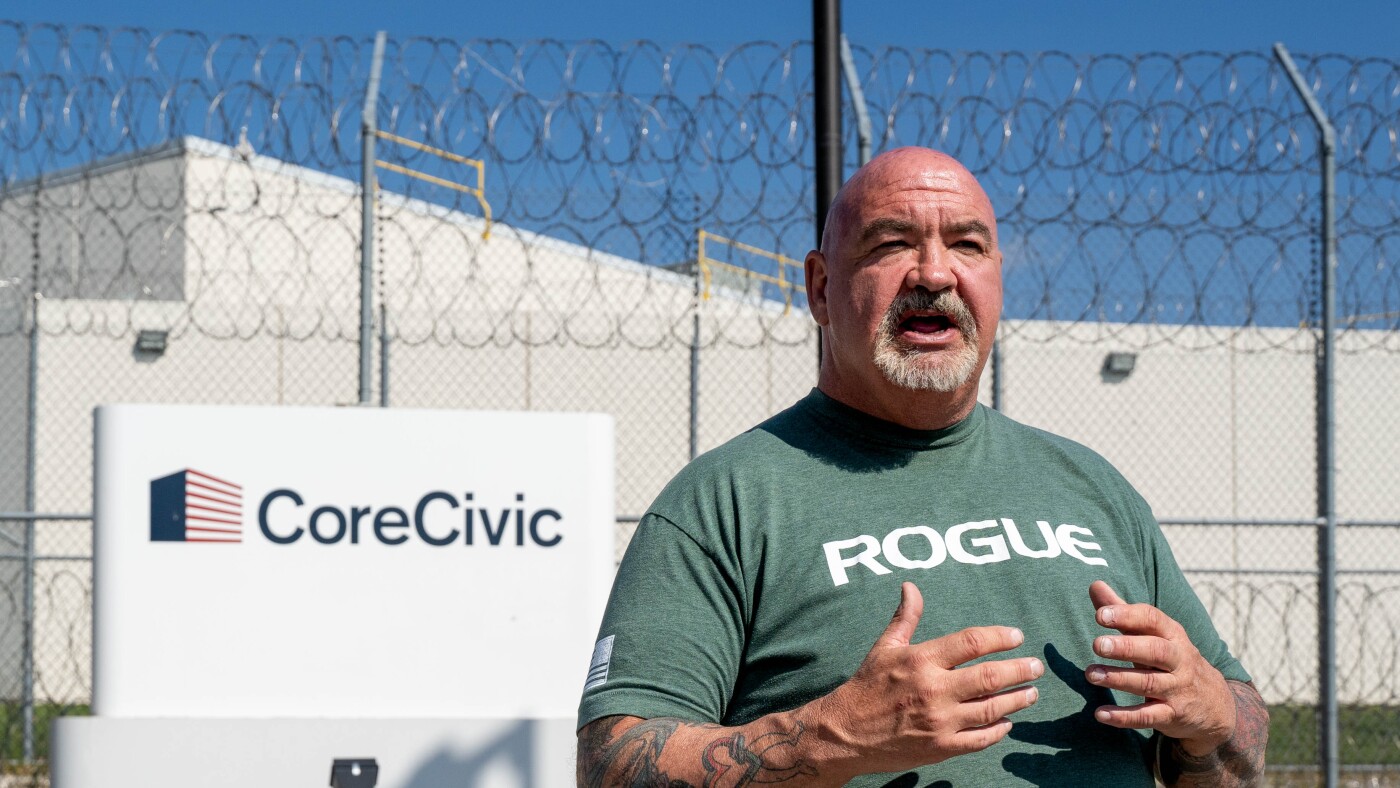The Battle Over Immigration Detention Centers: Local Laws as a Secret Weapon
Introduction
The landscape of immigration detention in the United States is a contentious and evolving battleground. Cities across the nation are leveraging local laws to thwart the establishment of immigrant detention centers, creating a complex web of legal and political strategies. This report delves into the intricacies of this conflict, exploring how local laws are being used as a secret weapon, the broader implications of these strategies, and the potential future of immigration detention policies.
The Legal Landscape of Immigration Detention
Local Laws and Sanctuary Policies
Cities aiming to thwart immigrant detention centers are increasingly turning to local laws as a means of resistance. These laws often take the form of sanctuary policies, which prohibit local officials from assisting federal immigration enforcement. For instance, cities like Newark are suing private prison corporations over access and inspection rights, demonstrating a clear stance against detention centers within their jurisdictions. These policies are not merely symbolic; they have tangible effects on the ability of federal agencies to operate within these cities.
Sanctuary policies can prevent local officials from holding prisoners for immigration arrests or notifying federal authorities about prisoner release times. This makes it more difficult for Immigration and Customs Enforcement (ICE) to apprehend individuals slated for deportation. The policies generally include exceptions for serious crimes, ensuring that public safety remains a priority while still protecting immigrant communities from arbitrary detention.
State-Level Legislation
State-level legislation also plays a crucial role in this battle. For example, a Georgia law mandates that local law enforcement cooperate with federal authorities to identify and detain immigrants in the U.S. illegally. Failure to comply can result in the loss of state funding and misdemeanor charges. This legislation has been further strengthened by allowing individuals to sue local governments and officials who defy these requirements. Such measures are designed to enforce cooperation and deter local resistance to federal immigration policies.
Federal Responses and Enforcement
The federal government, under the Trump administration, has responded aggressively to these local and state-level challenges. The White House has issued directives aimed at protecting American people against what it terms as “invasion,” emphasizing the need for stricter immigration enforcement. This includes expanding detention facilities and expediting the contracting process to rapidly increase detention capacity. The administration has also threatened to prosecute local officials who obstruct immigration enforcement, asserting that state and local officials are bound by federal law to cooperate.
The Human and Financial Costs
Detention Conditions and Human Rights
The conditions within detention centers have been a subject of significant controversy. Reports of poor conditions, including medical mistreatment, inadequate nutrition, unsanitary conditions, and overcrowding, have raised serious concerns about the human rights of detainees. The United States operates the largest immigration detention system in the world, and the conditions within these facilities have been criticized by both immigrants and watchdog groups.
Financial Implications
The financial cost of maintaining and expanding the detention system is staggering. The American Immigration Council estimates the cost of building detention centers and alternative detention programs, such as ankle monitors with GPS tracking, at over $700 billion. This financial burden is a significant factor in the debate over the expansion of detention facilities, as cities and states grapple with the economic implications of complying with federal demands.
The Role of Private Prisons
Private prisons play a significant role in the detention system, housing a large number of immigrants awaiting deportation. States like Illinois have effectively banned private immigration detention, reflecting a growing trend of resistance to the involvement of private entities in immigration enforcement. This trend is driven by concerns over the profitability of detention centers and the potential for abuse within a for-profit system.
The Future of Immigration Detention
Legislative and Policy Changes
The future of immigration detention will likely be shaped by ongoing legislative and policy changes. The Dignity for Detained Immigrants Act, for example, seeks reforms aimed at limiting the number of people detained by ICE and improving conditions for those in detention. Such legislative efforts reflect a growing awareness of the need for more humane and effective immigration policies.
Public and Political Pressure
Public and political pressure will continue to play a critical role in shaping immigration detention policies. Advocacy groups and legal challenges are likely to persist, pushing for greater transparency and accountability in the detention system. The ongoing debate over the use of local laws to thwart detention centers underscores the importance of community involvement and political engagement in shaping immigration policy.
Conclusion: A Call for Compassionate and Effective Policies
The battle over immigration detention centers highlights the complex interplay between federal, state, and local laws. Cities wielding local laws as a secret weapon against detention centers are part of a broader movement to challenge the status quo. As the debate continues, it is crucial to prioritize the human rights of immigrants and the financial sustainability of detention policies. The future of immigration detention in the United States will depend on our ability to balance security with compassion, ensuring that policies are both effective and humane.


